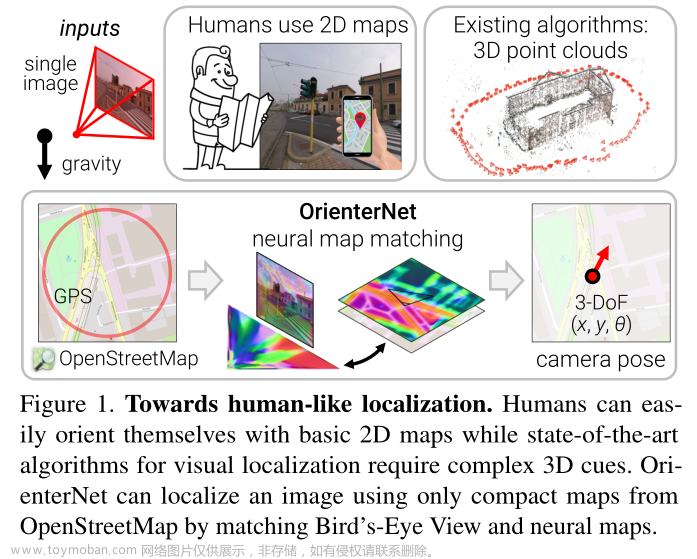%set parameter
N1 = 41;
N2 = 51;
L1 = 1000;
L2 = 1500;
deltax = L1 / (N1 - 1);
deltay = L2 / (N2 - 1);
%grids has N2 rows and N1 columns
[x,y] = meshgrid(0:L1/(N1-1):L1,0:L2/(N2-1):L2);
coe = zeros(N1*N2, N1*N2);
%coefficients of boundary
%up and down
for i = 1:N1
j = 1
k = (i-1)*N2 + j;
coe(k, k) = 1;
j = N2
k = (i-1)*N2 + j;
coe(k, k) = 1;
end
%left and right
for j = 1:N2
i = 1
k = (i-1)*N2 + j;
coe(k, k) = 1;
i = N1
k = (i-1)*N2 + j;
coe(k, k) = 1;
end
%coefficients of interval points
for i = 2:N1-1
for j = 2:N2-1
k = (i-1)*N2 + j; % k表示网格点 (i,j) 对应的未知量索引
coe(k, k) = -2./(deltax.^2)-2./(deltay.^2); % 中心点系数
coe(k, k-1) = 1./(deltax.^2); % 左边点系数
coe(k, k+1) = 1./(deltax.^2); % 右边点系数
coe(k, k-N2) = 1./(deltay.^2); % 上边点系数
coe(k, k+N2) = 1./(deltay.^2); % 下边点系数
end
end
%set right hand side martix
%right value equal to 1 except boundary points
b = ones(N1*N2, 1);
%up and down
for i1 = 1:N1
j1 = 1
k = (i1-1)*N2 + j1;
b(k, 1) = 0;
j1 = N2
k = (i1-1)*N2 + j1;
b(k, 1) = 0;
end
%left and right
for j1 = 1:N2
i1 = 1
k = (i1-1)*N2 + j1;
b(k, 1) = 0;
i1 = N1
k = (i1-1)*N2 + j1;
b(k, 1) = 0;
end
%direct method:right martix is divided by coe martix on the left
u = coe \ b
%transform vector to grids
%grids has N2 rows and N1 columns
U = reshape(u, N2, N1);
%visualize solution of possion2D equation
mesh(x,y, U);
xlabel('Horizontal(Km)');
ylabel('Vertical(Km)');
zlabel('Gravitational potential');
title('Direct solution of Possion2D equation')
文章来源:https://www.toymoban.com/news/detail-620571.html
The above is the latest.
%set parameter
N1 = 41;
N2 = 31;
L1 = 1500;
L2 = 1000;
rp = 1.0;%relaxation parameter
deltax = L1 / (N1 - 1);
deltay = L2 / (N2 - 1);
[x,y] = meshgrid(0:L2/(N2-1):L2,0:L1/(N1-1):L1);%meshgrid:x and y are interchangeable
coe = zeros(N1*N2, N1*N2);
%coefficients of boundary
%up and down
for i = 1:N1
j = 1
k = (i-1)*N2 + j;
coe(k, k) = 1;
j = N2
k = (i-1)*N2 + j;
coe(k, k) = 1;
end
%left and right
for j = 1:N2
i = 1
k = (i-1)*N2 + j;
coe(k, k) = 1;
i = N1
k = (i-1)*N2 + j;
coe(k, k) = 1;
end
%coefficients of interval points
for i = 2:N1-1
for j = 2:N2-1
k = (i-1)*N2 + j; % k表示网格点 (i,j) 对应的未知量索引
coe(k, k) = -2./(deltax.^2)-2./(deltay.^2); % 中心点系数
coe(k, k-1) = 1./(deltax.^2); % 左边点系数
coe(k, k+1) = 1./(deltax.^2); % 右边点系数
coe(k, k-N2) = 1./(deltay.^2); % 上边点系数
coe(k, k+N2) = 1./(deltay.^2); % 下边点系数
end
end
%set right hand side martix
%right value equal to 1 except boundary points
b = ones(N1*N2, 1);
%up and down
for i1 = 1:N1
j1 = 1
k = (i1-1)*N2 + j1;
b(k, 1) = 0;
j1 = N2
k = (i1-1)*N2 + j1;
b(k, 1) = 0;
end
%left and right
for j1 = 1:N2
i1 = 1
k = (i1-1)*N2 + j1;
b(k, 1) = 0;
i1 = N1
k = (i1-1)*N2 + j1;
b(k, 1) = 0;
end
%direct method:right martix is divided by coe martix on the left
u = coe \ b
%transform vector to grids
U = zeros(N1, N2);
U = reshape(u, N2, N1);
%this line is necessary:because of tops and bottoms' program are not consistent
[X,Y] = meshgrid(0:L1/(N1-1):L1,0:L2/(N2-1):L2)
%visualize solution of possion2D equation
mesh(X,Y, U);
xlabel('y');
ylabel('x');
zlabel('Gravitational potential');
title('Direct solution of Possion2D equation') 文章来源地址https://www.toymoban.com/news/detail-620571.html
文章来源地址https://www.toymoban.com/news/detail-620571.html
到了这里,关于Solution of Possion2D equation with direct method.的文章就介绍完了。如果您还想了解更多内容,请在右上角搜索TOY模板网以前的文章或继续浏览下面的相关文章,希望大家以后多多支持TOY模板网!


![成功解决 nginx: [emerg] invalid number of arguments in “root“ directive in 问题](https://imgs.yssmx.com/Uploads/2024/02/664258-1.gif)




![[论文笔记] CLRerNet: Improving Confidence of Lane Detection with LaneIoU](https://imgs.yssmx.com/Uploads/2024/02/615977-1.png)





